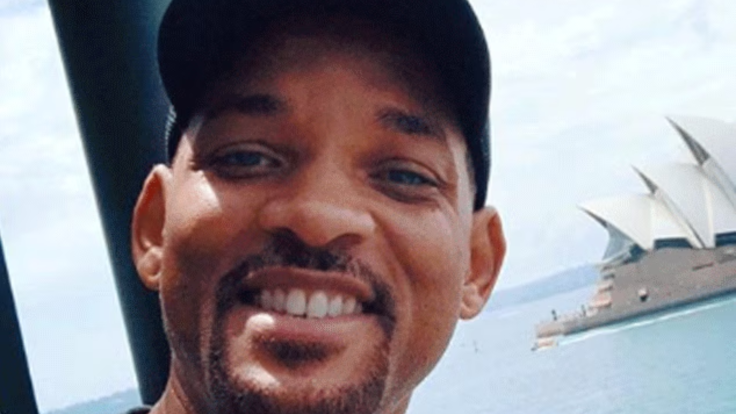Will Smith's AI Crowd: People Believe Comeback Concert In The UK Is All A Lie
AI-Enhanced Footage Casts Doubt on Genuine Fan Support During Will Smith's Return to Music After Two Decades

Will Smith's return to music after 20 years was meant to be a landmark moment. Now, questions over AI-generated crowd scenes in his tour video threaten to overshadow his comeback.
The video, titled 'My favourite part of tour is seeing you all up close. Thank you for seeing me too', was posted to Smith's official YouTube channel following a sold-out performance in Scarborough, UK. While the post was framed as a heartfelt thanks to concertgoers, viewers quickly noticed something was off — including distorted faces, oddly shaped limbs, and the tell-tale colour patterns of artificial generation.
Some of the most criticised moments in the video include a sign reading 'You Can Make It helped me survive cancer. Thx Will' held by what appears to be a man and woman — though both figures exhibit strange proportions and facial blurring, consistent with current generative AI flaws.
@dailymailentertainment Will Smith has been accused of posting a video featuring AI shots of fans cheering in the crowd during his current tour. The Fresh Prince of Bel-Air star, 56 — who broke down in tears during a recent show — began the UK leg of his tour in Scarborough on August 24. A video from his official YouTube channel, titled 'My favourite part of tour is seeing you all up close. Thank you for seeing me too,' has recently gone viral, with fans claiming it's using AI-generated footage. Do you think it is AI? Read the full story at Daily Mail. #willsmith #celebritynews #concert #ai
♬ original sound - The Spotlight
Public Response: AI Accusations Spark Online Backlash
Within hours of the video's release, commenters began dissecting the footage frame by frame. One viewer wrote: 'Is that AI crowds?' while another questioned: 'Will, come on bro. You're rich, you don't need to chase fame anymore.'
Several users pointed to inconsistencies in hand and arm placement, such as one person reportedly holding another's arm unnaturally. Others noted additional fingers, overlapping limbs, and clothing items that appeared fused into bodies.
The most repeated criticism was aimed at Smith's decision to rely on AI over real footage. 'Videographers exist; why abandon quality work for this degenerative slop?' asked one user. The comment quickly gained traction across platforms.
Based on a True Story — or Not?
Smith's album Based on a True Story was released in March and marks his first music project in two decades. His return to the stage, which began in North Yorkshire, drew a crowd of over 6,000 people.
Many fans at the event expressed disbelief at seeing Smith back on tour. 'If Will Smith comes to your town, you go and see him,' one concertgoer told the BBC. 'Until I see him, I don't think I'll believe he's here.'
That atmosphere of surprise may have led Smith's team to lean heavily on visual content to reinforce the scale and emotion of the tour. But for some, the use of manipulated footage has instead raised doubts about whether the excitement is being exaggerated — or even manufactured.
AI in Entertainment: A Growing Problem
Smith is not the first celebrity to face criticism over AI-generated visuals. Earlier this month, Rod Stewart was criticised for using an AI video tribute to Ozzy Osbourne, who died in July. The footage included AI-generated versions of several late musicians, including Prince and Kurt Cobain, in what many saw as a tone-deaf display.
Whether Smith's video was a creative misstep or a calculated move to enhance his comeback, the reaction has been swift. For a star re-entering the music world after a two-decade absence, public trust may prove harder to win than ticket sales.
The real question isn't whether the concerts happened — they did. But if moments of genuine fan emotion have been replaced or embellished with AI, critics argue, then how much of this comeback is real?
© Copyright IBTimes 2025. All rights reserved.





















